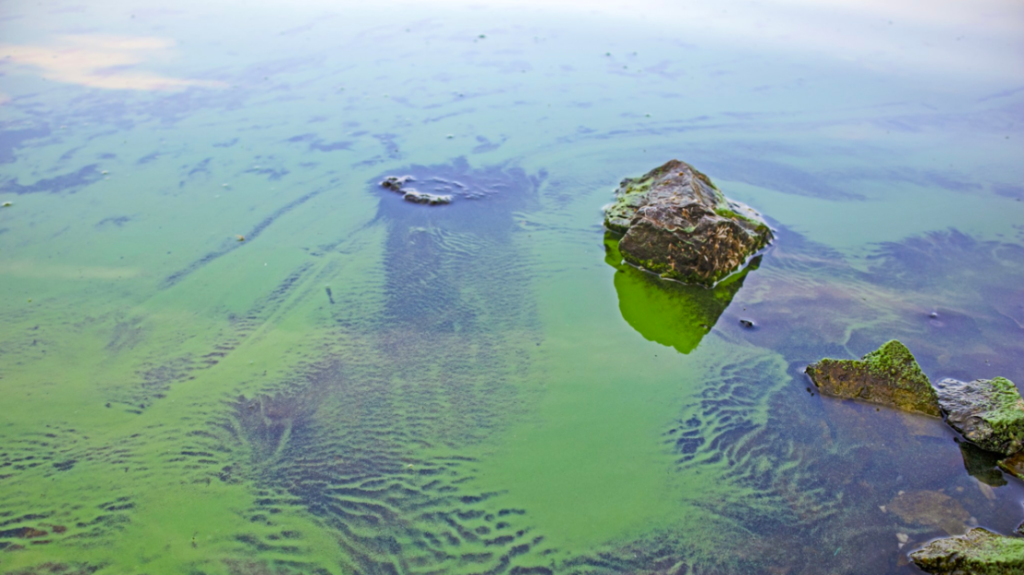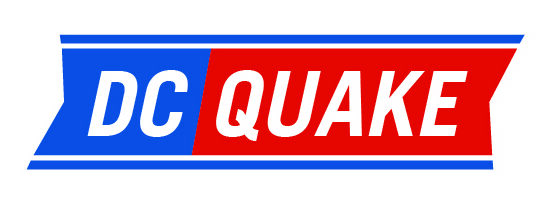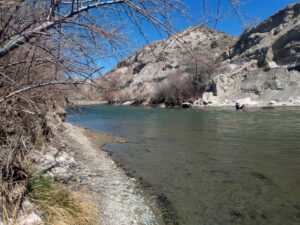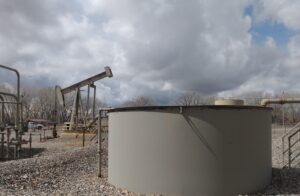EPA nixes Montana’s new water quality standards
4 min read
The Environmental Protection Agency thwarted Montana lawmakers’ attempt to loosen water quality standards yesterday, telling the state that it acted out of turn by adopting a new regulatory framework without first obtaining federal approval.
In a May 10 letter to the Montana Department of Environmental Quality, the EPA asserted that a law passed by the Montana Legislature last year runs afoul of the federal Clean Water Act. The agency said it’s concerned that the state’s repeal of numeric standards for nitrogen and phosphorus in water bodies as codified in Senate Bill 358 has led to degraded water bodies and lacks a grounding in science.
The letter says the state’s attempt to overhaul water quality standards by shifting from a numeric standard for nutrients to a more subjective narrative standard is “not consistent with” requirements outlined in the Clean Water Act. It also says the shortcomings of narrative standards have been evident in DEQ’s permitting process since SB 358 went into effect.
“The state’s permitting record over the past two years demonstrates that the implementation of the narrative criteria alone does not protect the designated use,” EPA Water Division Director Darcy O’Connor said in the letter, referencing a provision of the Clean Water Act that requires regulatory agencies to protect water bodies for established uses such as recreation or aquatic life.
A 2020 report found that 35% of Montana’s river miles and 22% of its lake acreage evaluated by DEQ are considered impaired by nutrient pollution, which can kill fish and produce elevated toxins and bacterial growth harmful to human health in severe cases.
As a federal agency charged with administering the Clean Water Act, the EPA’s authority supersedes DEQ’s. The EPA’s action effectively puts numeric nutrient standards that had been in place for nearly a decade prior to SB 358’s passage back into play, for the time being. The reversal will affect DEQ’s process for issuing permits to sewage treatment plants and other waterway dischargers such as mining companies and oil refineries.
Since lawmakers in Helena first started debating SB 358 during the 2021 legislative session, Bozeman-based environmental group Upper Missouri Waterkeeper has opposed it, arguing that science, not permit holders’ political influence, should drive water quality standards. After Gov. Greg Gianforte signed the measure into law in late April, the group flagged its adoption for the EPA.
“The State of Montana and special interests were rightfully rebuffed by the EPA for failing to use best available science and adhere to the law. Waterkeeper warned Gov. Gianforte and the DEQ that rolling back clean water protections was contrary to federal clean water law and science-based standards, and an egregious disservice to Montanans and our world-class waterways,” Upper Missouri Waterkeeper Executive Director Guy Alsentzer said in an emailed statement.
DEQ spokesperson Moira Davin confirmed the department’s receipt of EPA’s letter and said in an email that the department is still mulling what it means for the state’s implementation of nutrient water quality standards.
“DEQ has been working closely with the EPA throughout this entire process and all final Montana pollutant discharge elimination system (MPDES) permits are provided to EPA for their review,” Davin added.
As referenced in DEQ’s comment, it’s not yet clear how the EPA’s directive will influence the operations of the Nutrient Work Group, a DEQ advisory council that had been drafting a set of replacement nutrient standards. Representatives from local and federal government, conservation nonprofits, and oil and gas, mining and wood products industries sit on the Nutrient Work Group. It’s set to discuss the EPA’s letter when it meets May 17.
Montana League of Cities and Towns Executive Director Kelly Lynch said she expects the group will move forward in developing an “adaptive management” framework that will use numeric standards but allow for a more flexible implementation of those targets based on existing and projected conditions such as a waterway volume and temperature.
“We would like the state to move to an adaptive management program that essentially uses watershed planning and permitting to make the best decisions about what actions should be taken to improve water quality the most, for the least amount of cost,” Lynch said.
Lynch also said she’d like DEQ to conduct that kind of cost-benefit analysis so that permit holders can fund projects that will support cost-effective water quality improvement.
“We are not interested in degrading water quality in Montana,” Lynch added. “We want to protect the water. We want to do it in the most reasonable way, instead of just sticking to numbers because they’re numbers.”
In an email to Montana Free Press, EPA indicated that it will continue working with DEQ through the next phase of developing nutrient standards.
“The agency remains committed to working with all parties towards a solution that is consistent with the Clean Water Act and EPA’s implementing regulation,” EPA media officer Laura Flynn Jenkins said.
It remains to be seen how the EPA letter will influence the trajectory of a lawsuit Waterkeeper filed in March seeking to compel the EPA to decisively approve or disapprove Montana’s revised water quality standards.
“We will take a hard look at EPA’s disapproval letters and work in good faith with EPA to assure any unnecessary litigation will be avoided,” Waterkeeper Outreach Director Quincey Johnson wrote in an email to MTFP.
As of Wednesday evening, the EPA had not responded to Waterkeeper’s March 24 complaint.
This article was originally posted on EPA nixes Montana’s new water quality standards






